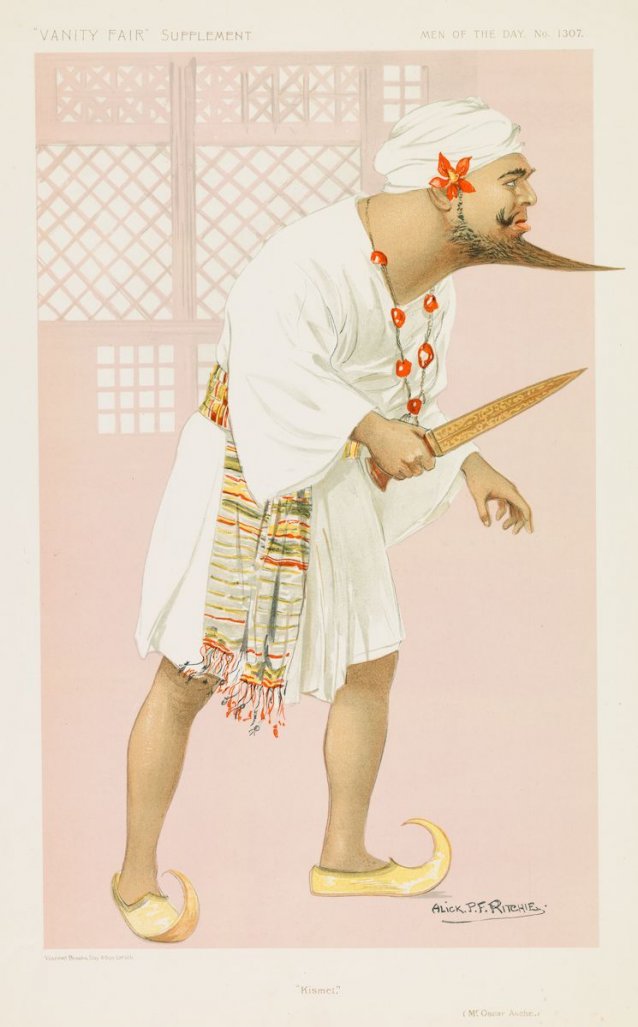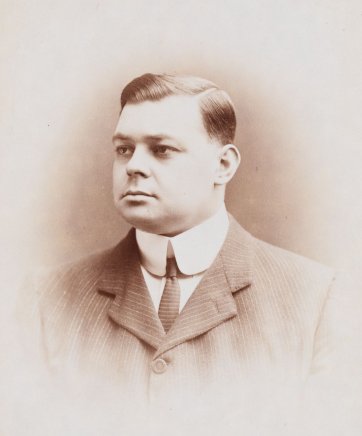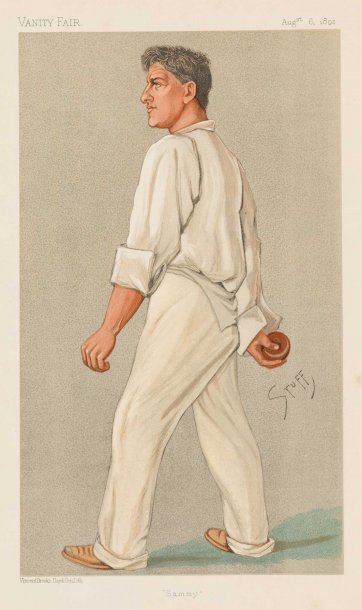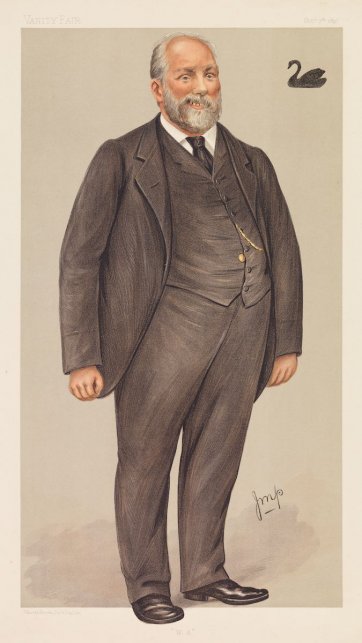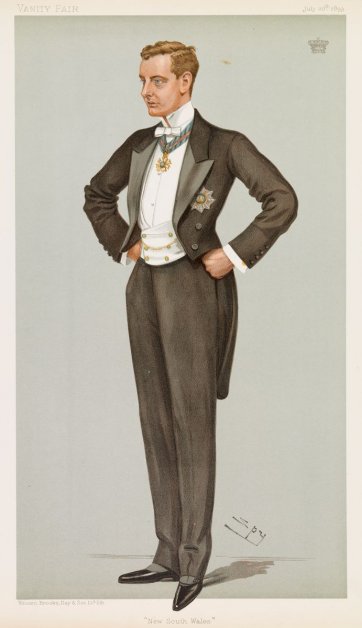Thomas Stange Heiss Oscar Asche (1871–1936), actor, director and producer, was one of Australia’s most successful theatre exports. The son of a Norwegian-born publican, Asche was born in a Geelong hotel and later became enamoured of the theatre via the actors who frequented his father’s subsequent enterprises in Melbourne and Sydney. On leaving school at age 16, he started an apprenticeship to an architect, travelled, and then decided to study acting, leaving Australia for Europe in 1890. While in Norway, he met Henrik Ibsen, who encouraged him to work in his own language and ‘correct’ his Australian accent. Asche made his London debut in 1893 and then joined Sir Francis Benson’s Shakespearean touring company, performing in an estimated 200 roles for the company over the next eight years. In June 1899, he married English actress Lily Brayton, who’d joined Benson’s company in 1896. In his two years with Sir Herbert Beerbohm-Tree, during 1902–1903, he played Benedick to Ellen Terry’s Beatrice in Much ado about nothing. In 1904 he and Brayton formed their own company, with Asche as actor-director subsequently achieving notice for his productions of The taming of the shrew and As you like it, among others. Asche made a triumphant 18 month-long return tour of Australia in 1909–1910, touring again in 1912–1913 with his production of Kismet. The production for which he is best known, Chu Chin Chow – ‘a fabulous Arabian Nights extravaganza’ – premiered in London in August 1916 and ran for the next five years, reportedly netting Asche, its writer-director and star, some £200,000 in royalties. He was in Australia again from June 1922 under contract to JC Williamson, but the arrangement was terminated less than two years later, Asche returning to England having attracted considerable enmity. Thereafter, his fortunes faltered. Contending with a failed marriage, gambling debts, obesity, flops, and bankruptcy, in later years Asche tried his hand at writing novels and produced an autobiography while also appearing in several small roles in now largely forgotten films. He died, virtually penniless, in March 1936.
Gift of Ronald A Walker 2009. Donated through the Australian Government's Cultural Gifts Program.
The National Portrait Gallery respects the artistic and intellectual property rights of others. Works of art from the collection are reproduced as per the
Australian Copyright Act 1968 (Cth). The use of images of works from the collection may be restricted under the Act. Requests for a reproduction of a work of art can be made through a
Reproduction request. For further information please contact
NPG Copyright.
